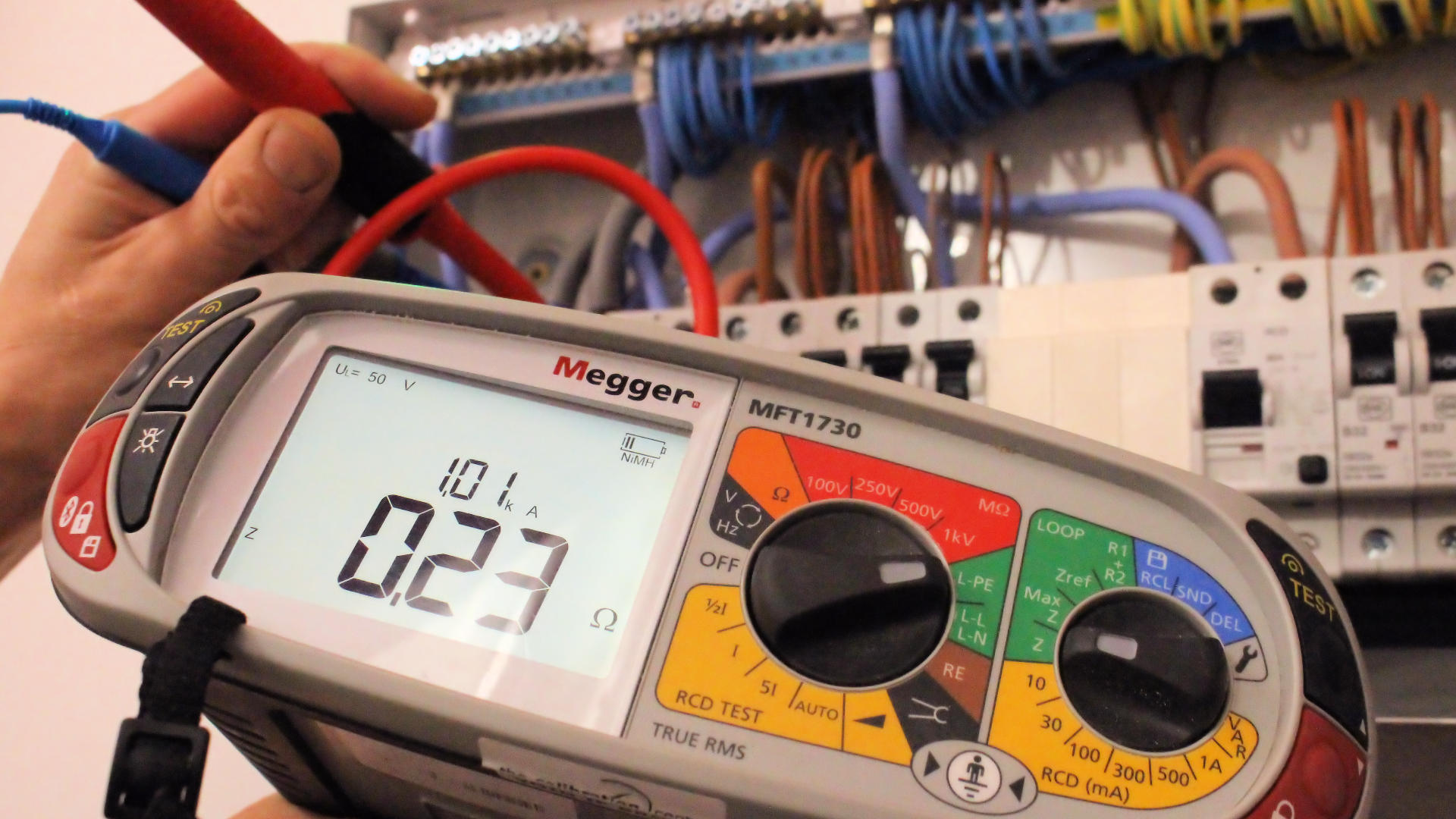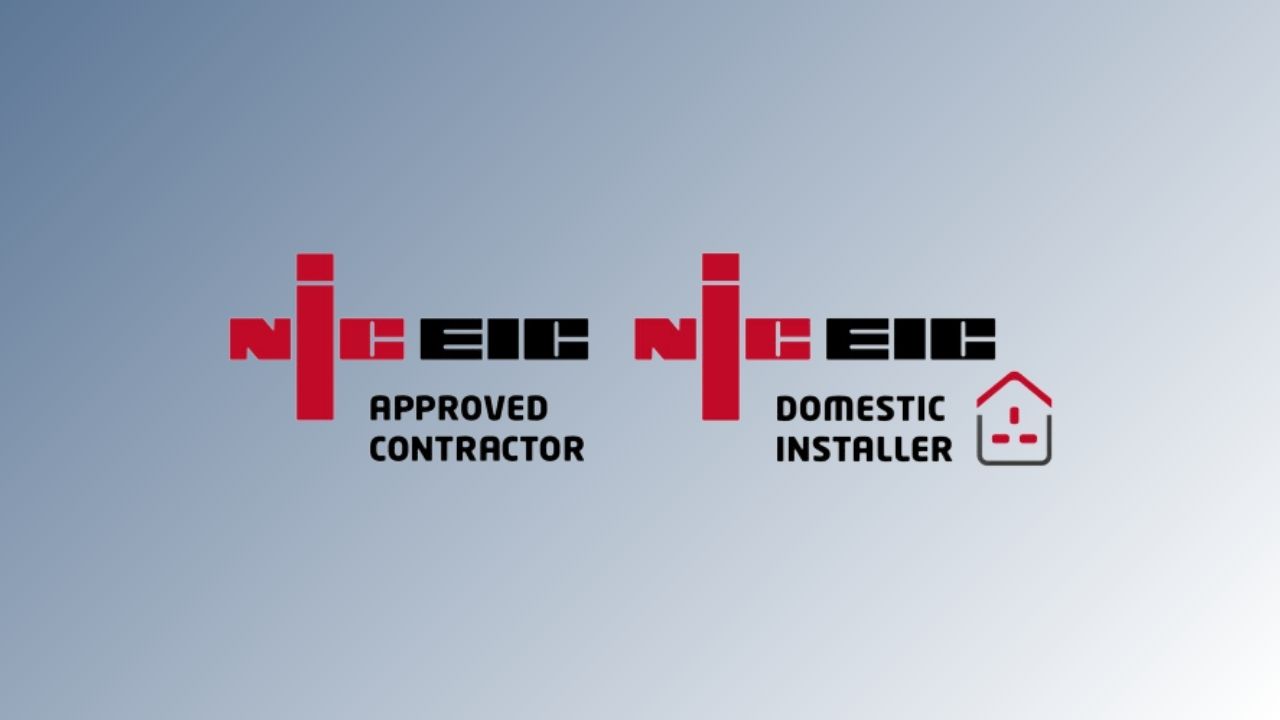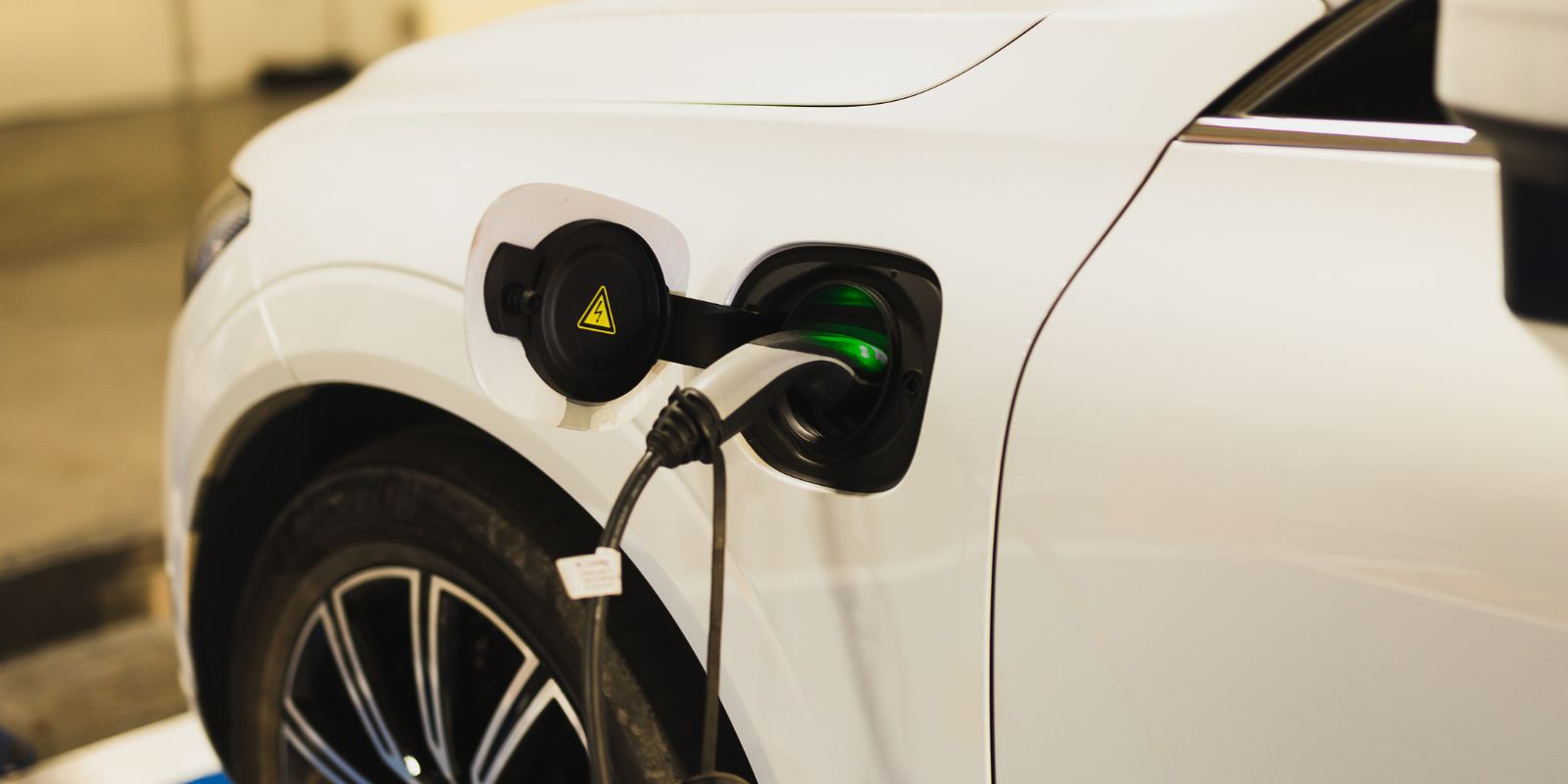As time goes on it is important to ensure that you carry out checks on the condition of the electrics in your home and workplace at regular intervals. Over time the wiring can deteriorate naturally, especially at connection points such as lights and socket outlets.
Making sure your testing is carried out when it is due will help identify any faults or defects which could require improvement and will ensure the continued operation of the installation in a safe, efficient and effective manner.
There are two kinds of checks that can be carried out on an installation – a Visual Inspection Report and an Electrical Installation Condition Report. We recommend that you always employ a registered electrical company such as ourselves to carry out such checks, which guarantees you that it is being done to the most current standard of the UK electrical wiring regulations of BS 7671.
Visual Inspection Report (VIR)
A visual inspection is a basic check to identify any visible signs of defects, damage or deterioration. As no testing of the actual circuits will take place then there is no disruption to the electrical supply in the property.
The report will usually take around 1 hour to complete depending on the size of the property (based on a 3 bedroom house). In order to complete a thorough report we will need to be given access to all of the rooms in your home or workplace.
During the inspection notes will be taken and a Visual Inspection Report (VIR) will be issued to the home or business owner upon completion. The VIR will record a number of observations and recommendations and provide an overall summary of the condition of the installation.
Below is a check list of the items you can expect to be looked at during a typical visual inspection.
- Consumer Unit (domestic) or Distribution Board (commercial)
- Socket outlets
- Light fittings and switches
- Earthing and bonding arrangements where required
- Kitchen and bathroom safety
- Signs of wear and tear on electrical accessories
- Visible signs of burning and scorching
- Presence of RCD protection where required
- Condition of plug tops, electrical cables and leads

Electrical Installation Condition Report (EICR)
An electrical installation condition report (EICR) identifies any deterioration, damage, or defects which may give rise to danger along with observations for which improvement is recommended.
The purpose of an EICR is to determine whether the installation is in a satisfactory condition for continued service. It is a more detailed report than a VIR and will involve the testing of various circuits. This allows the engineer to identify any possible hidden defects or issues that cannot be identified during a VIR. To test the circuits requires the isolation of the electrics at the main supply.
Homeowners often request a condition report as part of a house sale. Similarly, landlords will undertake regular periodic inspections in relation to their rental properties. It is generally recommended that an EICR is carried out every ten years (five for privately rented properties) or when there is a change of occupancy in a dwelling.
Before purchasing a property it is always worth asking the current occupier if they have an up-to-date EICR. This will give you an overview of the current state of the electrics in the property. If they do not have an EICR you could request that one be carried out with costs to be agreed between either party.
Typically an EICR will take around 3-4 hours to complete, depending on the size of a property and the number of circuits requiring testing.

EICR Observations and Codes
An EICR will provide a full summary of the condition of the electrics in your home or workplace and determine whether it is compliant with the current British Standard for electrical safety (BS 7671).
It will record a number of observations in line with BS 7671 and make various recommendations where improvement may be necessary or beneficial to improving the safety of your electrical installation.
Each observation will have a recommendation code. The observations describe a defect or omission within the electrical installation. The electrician will code each observation according to the level of severity. The classification codes are as follows:
Code C1 – This code should indicates that danger is present, requiring immediate remedial action. The persons using the installation are at immediate risk.
Code C2 – This code indicates that there is potential danger at the time of the inspection which could become an immediate danger if a fault or other foreseeable event was to occur in the installation or connected equipment.
Code C3 – This code indicates that improvement is recommended to bring the installation up to current standards of BS 7671.
Code FI – Further investigation required without delay
You are under no obligation to have any of the issues fixed, though it is recommended that corrective action to rectify any C1, C2 and FI are completed as soon as possible.

Who Should Carry Out and EICR
Only registered electricians should carry out an EICR. Cool Dynamics Electrical Ltd are a NICEIC Approved Contractor and we ensure all of our engineers are fully qualified to the latest versions of BS 7671.
If you would like a free quotation for the testing of your home or workplace then you can contact us here!






